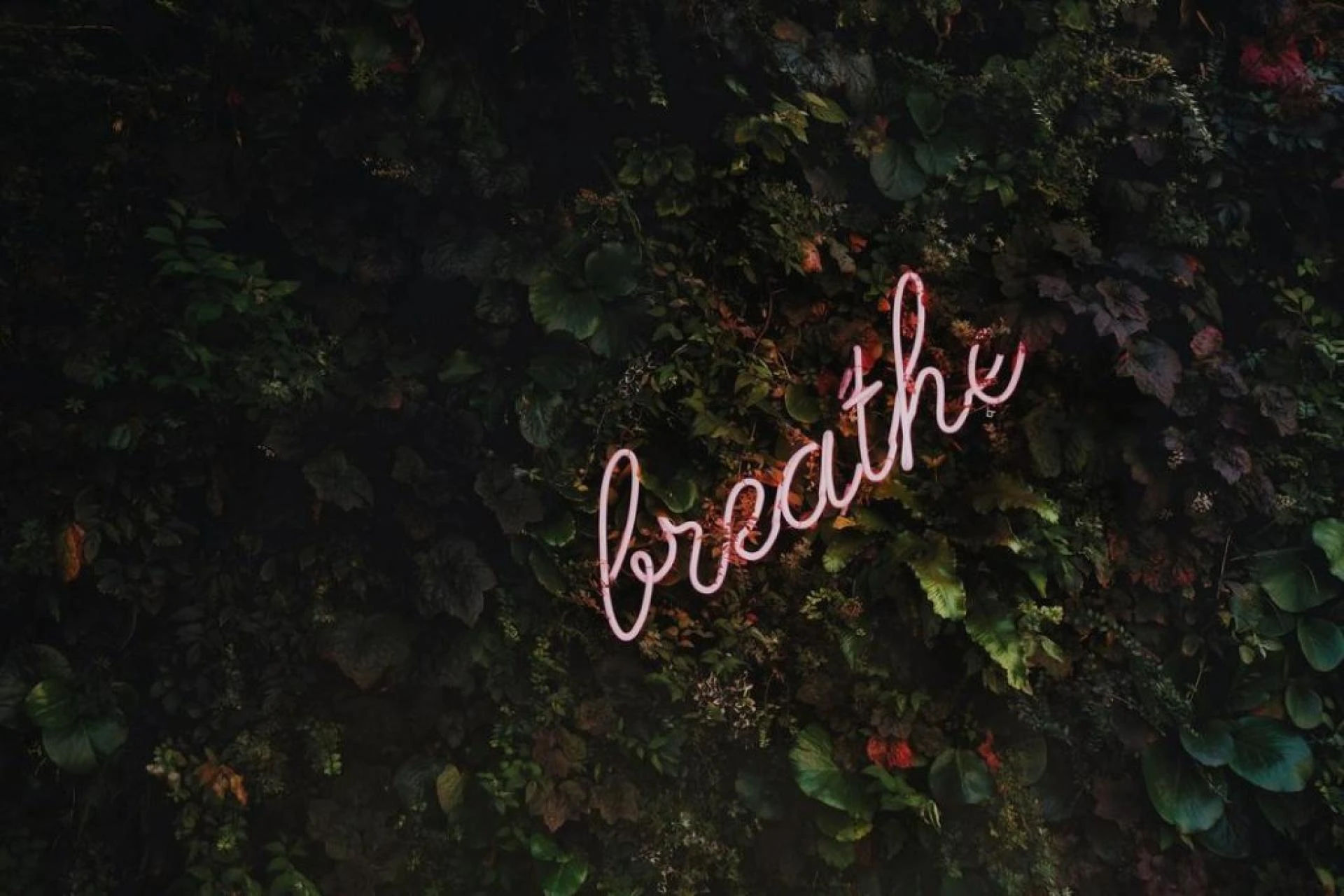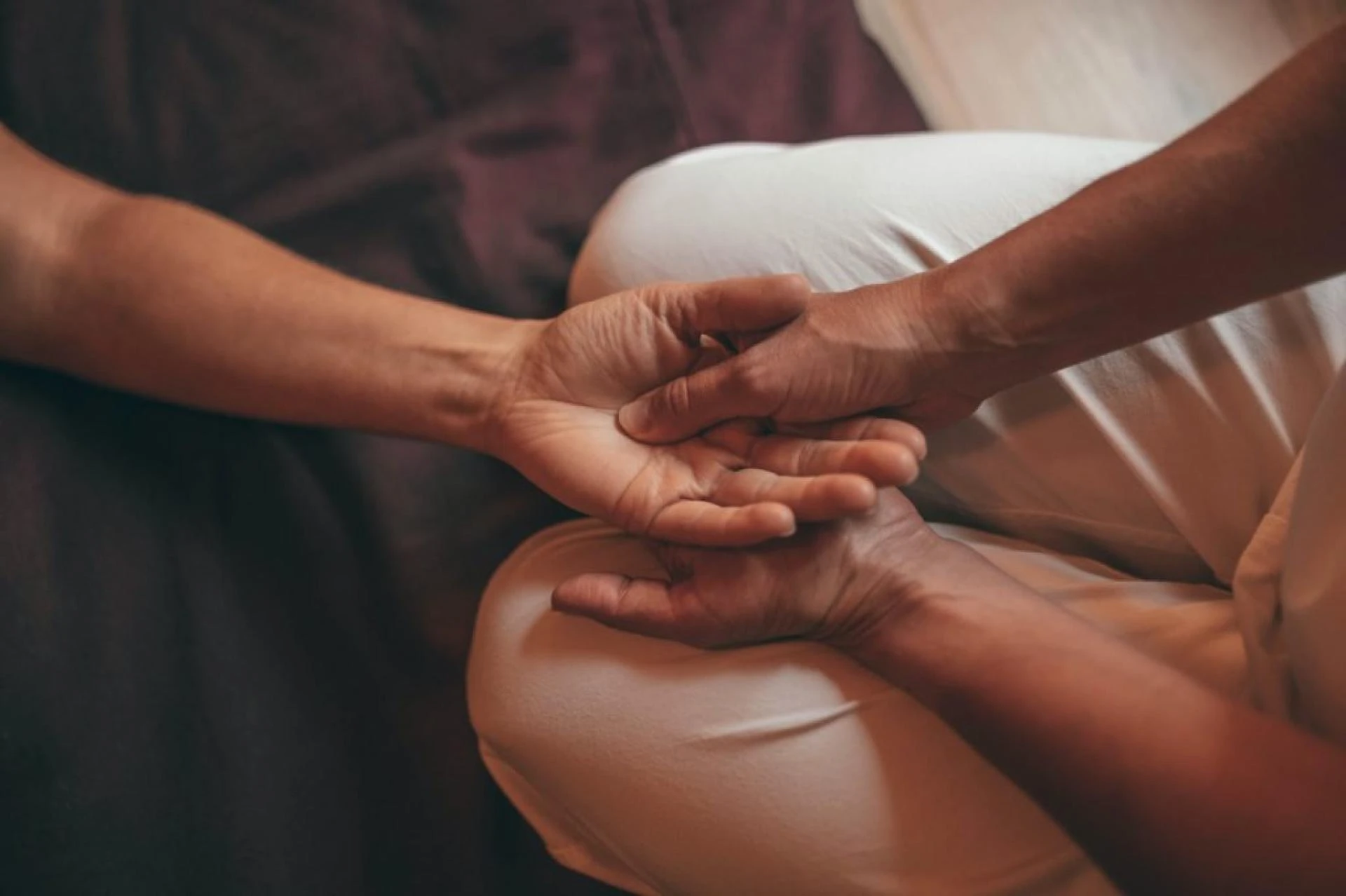Red light therapy is usually thought to be effective. As with everything, some minor side effects, such as eye strain, have been identified, so you can use sufficient eye protection while using a full face panel or mask system.
There do not seem to be any significant side effects. According to several academic papers, red light therapy treatment has "an almost total lack of side effects." Salazar agrees, noting that it\'s "generally healthy for all skin types, including pregnant women." Anecdotal evidence suggests that certain people find the red light treatment uncomfortable or bothersome to their skin, although this can be mitigated using tanning bed goggles.
[caption class="snax-figure" align="aligncenter" width="1140"] [/caption]
[/caption]
The FDA has also approved specialized red light therapy systems to treat various conditions like hair loss, carpal tunnel syndrome, muscle, joint pain, and slow-healing wounds. However, different health conditions need different wavelength doses, and literature indicates that lower doses are often more reliable. As a result, it\'s essential that you find a competent doctor to prescribe red light therapy properly for the medical illness you\'re attempting to handle or that you find an FDA-approved product and closely obey the manufacturer\'s directions. It would reduce any possible side effects that could arise as a result of inappropriate use.
Red light therapy is thought to be painless and effective. However, there have been incidents of RLT units causing burns and blistering. Several individuals were burned after falling asleep with the machine in place, while others were burned due to broken wires or battery corrosion.
There is also the possibility of eye injury. While red light therapy is less harmful to the eyes than conventional lasers, proper eye protection may be required when receiving treatment.
Light-sensitive people will not be a good fit for light therapy. We suggest checking your fair therapy system on a patch of your skin before using it on a routine basis to detect any sensitivity.
Since light therapy equipment\'s quality varies widely, you must choose a high-quality product (more on that later). In the United States, Red Light Therapy must be approved by the FDA. Many international products sold online do not have FDA approval, and it is strongly advised that only FDA cleared devices be used to ensure protection and effectiveness.
Excessive LED treatment for an extended period can result in burns or eye injury. To stop overdoing light treatment, follow the manufacturer\'s guidelines. For example, we prescribe a limit of three treatments per day for the majority of our devices.
The American Academy of Dermatology considers this treatment to be healthy in general. Since LEDs do not emit UV rays, they are considered a safer type of light therapy that will not cause long-term skin harm. Besides, the treatment is non-invasive and has few complications.
If you have darkened or sensitive skin, your physician can prescribe LED light therapy. LEDs, unlike more invasive treatments such as laser therapy, do not cause skin burns. They also may not create any discomfort. LED light therapy could, however, pose certain risks.
[caption class="snax-figure" align="aligncenter" width="1140"] [/caption]
[/caption]
If you are taking Accutane for acne, be aware that this potent vitamin A-derived medication improves the skin\'s sensitivity to light and can cause scarring in some cases. If you have something on your skin that makes you vulnerable to sunshine, avoid using LED light therapy. You must stop using this medication if you have an active rash. If you have psoriasis, see the doctor. Red light therapy can be beneficial, but only if used in combination with the daily prescription treatments. LED light therapy side effects are uncommon and were not observed during clinical trials. If you have any of the following symptoms after surgery, contact your doctor: increased inflammatory response the color red hasty agony sensitivity beehives LED light therapy is a popular light therapy that does not emit ultraviolet rays. As a result, they are suitable for everyday use. Compared to other anti-aging therapies such as chemical peels, dermabrasion, and laser therapy, LED light therapy does not cause burns. It may be suitable for both skin types and colors. If you\'re taking Accutane for acne or have skin rashes, you shouldn\'t use LED light treatment. While side effects are uncommon, they can include increased inflammation, redness, and rashes. LED light therapy, when used as guided, will strengthen the skin over time. To keep the results, you\'ll need preventive treatments. Home devices operate at lower frequencies and have not been seen to be as reliable. RLT has shown positive effects in treating certain skin disorders, but there isn\'t much agreement among scientists about the treatment\'s benefits. According to recent studies, RLT can be a valuable method to use in your skincare routine. Before doing something new, consult with the doctor or dermatologist. You can buy red light equipment online, but it\'s safest to see a doctor before attempting to self-treat any symptoms. Keep in mind that RLT is not FDA-approved under most cases and is not protected by insurers. You should consult a specialist if you have psoriasis, inflammation, slow-healing wounds, or discomfort.
Louie is the father behind the travel blog Browseeverywhere.com. He has a background in photography, E-commerce, and writing product reviews online at ConsumerReviews24. Traveling full time with his family was his ultimate past-time. If he’s not typing on his laptop, you can probably find him watching movies.


